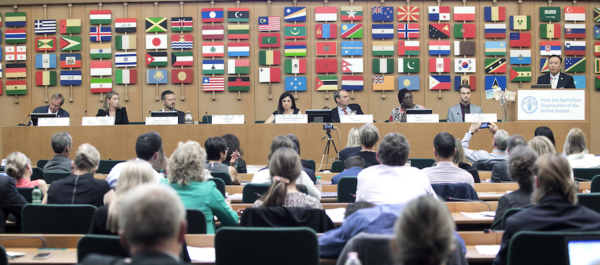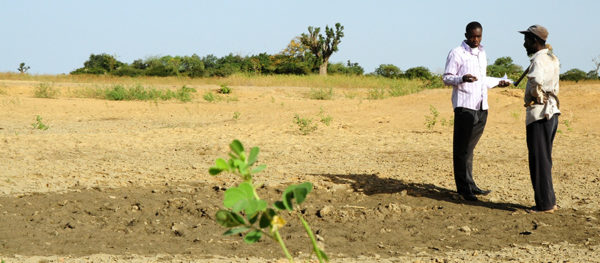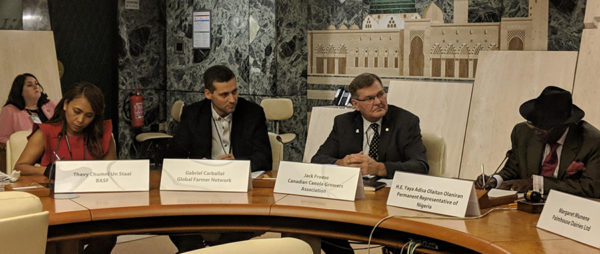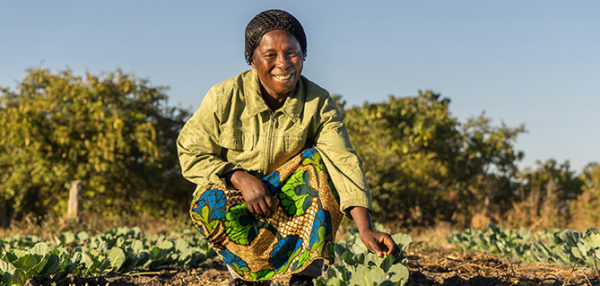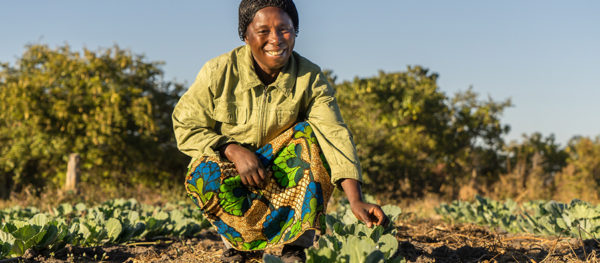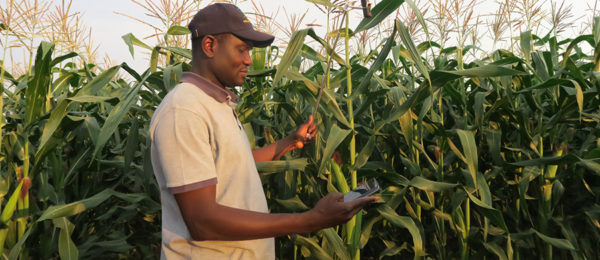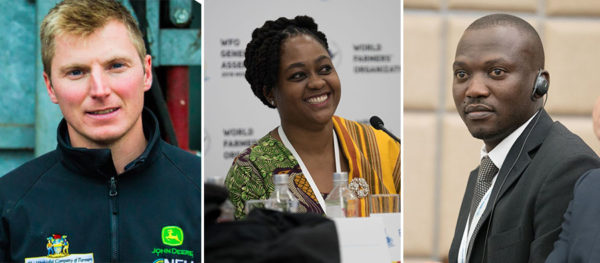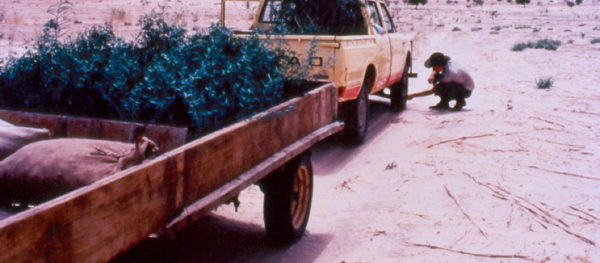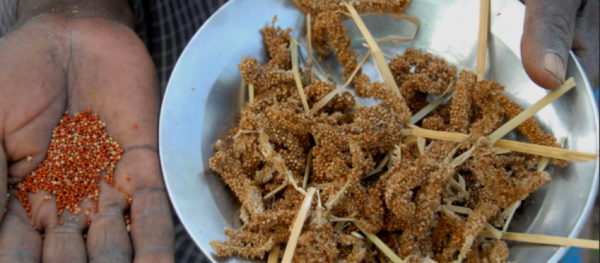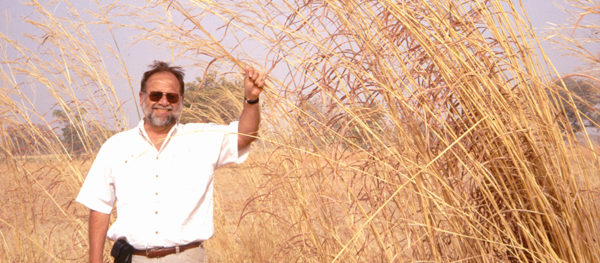Tag: agroecology

From Data to Diets, the Future of Farming is Diversification
Latin America & the Caribbean: Diversity is just as important in food production as it is for healthy, nutritional diets, farmers from around the world told this year’s Committee on World Food Security meeting.
Read MoreWhat is the Resilience Deficit and How is it Being tackled in the Sahel?
Africa & Middle East: How agroecology can help overcome the resilience deficit in the Sahel and boost farmers' livelihoods.
Read MoreAgricultural Innovations to Shape Future of Farming Highlighted at FAO
Global: Farming First reports back from FAO Innovation Symposium side event on the role technology can play in enhancing agroecological outcomes.
Read MoreThe Future of Farming: Hi-Tech Solutions for Ongoing Challenges
Global: Farming First reports back from discussions around the future of farming at this year’s UN Committee on World Food Security (CFS) meeting in Rome.
Read MoreUsing Innovation as a Pathway to Sustainability
Africa & Middle East: Innovation and agroecology can work together to protect ecosystems and achieve zero hunger.
Read MoreAgroecology in Action
Africa & Middle East: Agroecology helps farmers make productive and sustainable decisions. Read some examples of how agroecology is working in practice.
Read MoreInvesting in Technology Transfer to Ensure no Farmer is Left Behind
Africa & Middle East: Innovations that contribute to sustainability should be made more widely available to farmers, says the Secretary General of WFO.
Read MoreScience-Based, Smarter Farming for Africa
Africa & Middle East: The use of data is important to mitigate the effects of climate change on agriculture.
Read MoreAgroecology According to Generation Y
Africa & Middle East: Young farmers tell Farming First about the importance of practising agroecology to benefit today’s generation and those to come.
Read MoreYaouza’s Story: How Forest Conservation Can Boost Incomes in Niger
Africa & Middle East: In Niger, the encroaching Sahel is a daily constraint for farmers. Find out how Yaouza Harouna employed farmer managed natural regeneration (FMNR) to beat the arid conditions.
Read MoreAgroecology in Action: Harnessing the Power of Orphan Crops
Africa & Middle East: Any approach to boost productivity and food security must fit Africa’s myriad, small and distinct ecosystems.
Read MoreAgroecology in Action: with Professor Pedro Sanchez
Latin America & the Caribbean: From Brazil to Zambia, Dr. Pedro Sanchez discusses agroecological approaches to build farmers' resilience while protecting the planet.
Read More